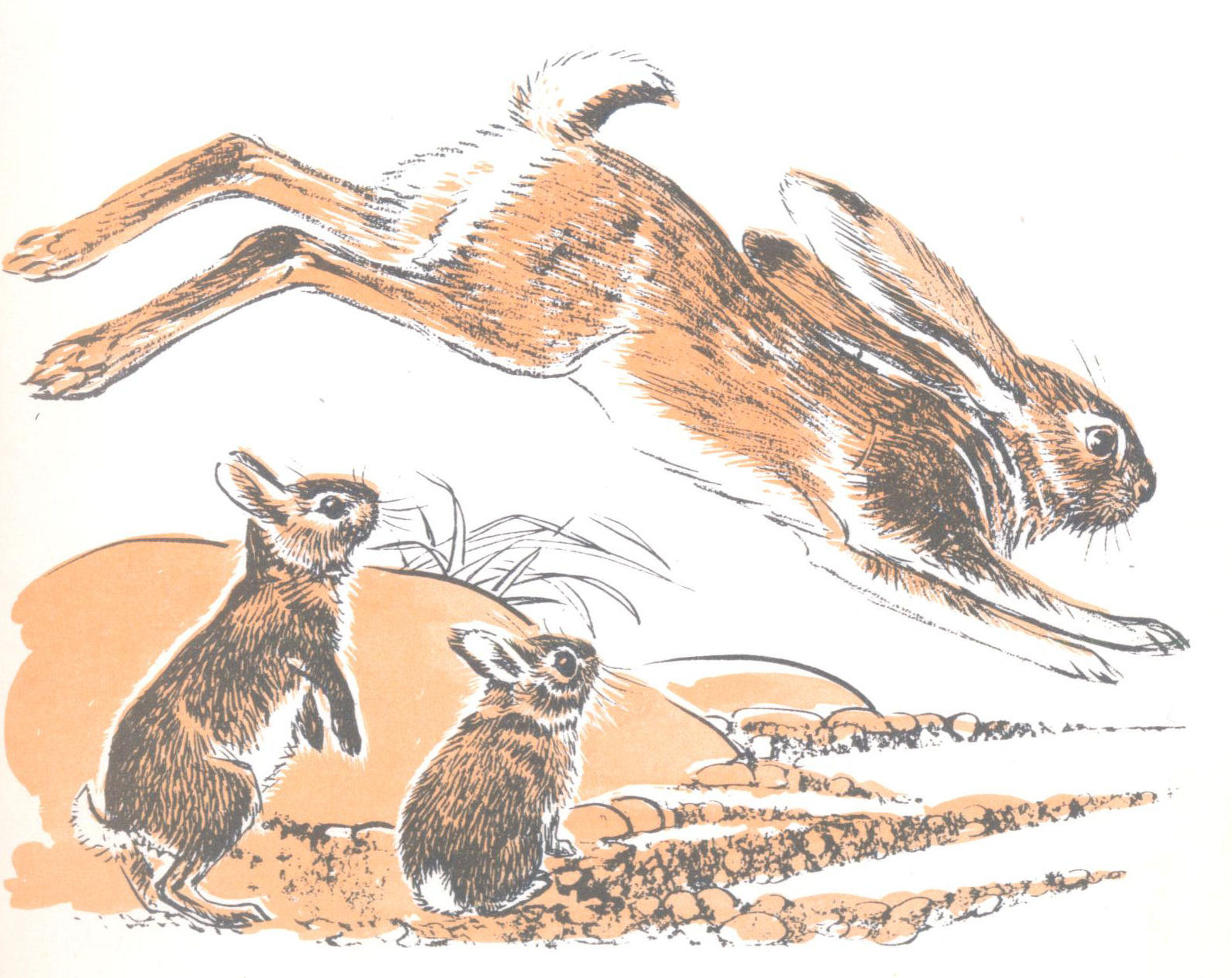104.WHAT’S THE DIFFERENCE BETWEEN RABBITS AND HARES?
One of the gentlest of all animals is the hare. When you consider how mild, timid, and defenseless this creature is, you might wonder how it can survive in a world full of enemies. But then you’ve also probably noticed its strong back legs. Those legs give it plenty of speed and endurance. And, of course, you know how rapidly hares and rabbits breed. That’s another reason why they manage to survive.
103.WHAT WAS THE MAMMOTH?
When we use the word “mammoth’ today, we mean something that is huge or colossal. But there actually was an animal that lived long ago that is called the “mammoth.” It was a kind of elephant that is now extinct and that lived in many different parts of the world during the Stone Age.
Even though this ancient type of elephant is called the “mammoth,” it was about the same size as the Indian elephant that exists today. It had a kind of pointed skull and very unusual tusks curved in a spiral with the tips pointing to each other.
102.WHAT IS THE TEMPERATURE OF ANIMALS?
As we move about from place to place, we may feel changes in the temperature around us, but we don’t expect the temperature of our body itself to change. And it doesn’t. We are classified as “homeothermic,” and in our class are included all warmblooded animals, all mammals, domestic animals, and birds.
But there are animals whose body temperature does change with the temperature around them. They are called “poikilothermic,” and they include insects, snakes, lizards, tortoises, frogs, and fishes. The temperature tends to be slightly lower than the temperature of their environment. They are only Ants animals.




